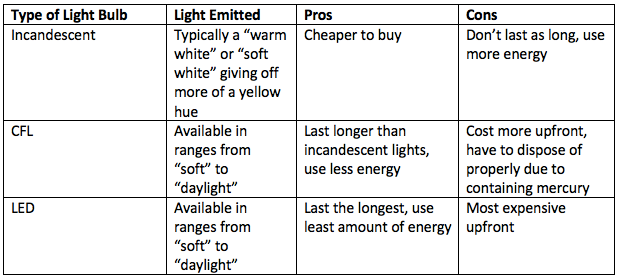Yard Makeover Lawn Care
- Tim Kraemer
- Apr 11, 2018
- 2 min read

Spring is right around the corner (insert eye roll here). Even though Wisconsin has decided to drag out winter this year, we are bound to see green grass again in the near future! Are you wanting to have your lawn looking better than ever this year? We’ve compiled some important tips that can help you give your lawn a makeover this year.
To start, know what type of grass you have or what type of grass will work best in our lawn. The amount of time you have to care for your lawn and type of sunlight your yard gets will determine which type of grass will work best. Warm-season grasses are thick and thrive in hot sunny regions. Cool-season grasses perform better in slightly shady yards and places where the climate has major temperature fluctuations. Do your research and pick a type that will thrive in your yard conditions.
Next, give the yard a good look. Does it looked matted down with dead stuff? Dead or dying grass shoots are also known as thatch. Thatch is actually good for your lawn, however if it is too thick or long it can suffocate the lawn. After a long Wisconsin winter, it is a great idea to dethatch your lawn. Dethatching the lawn is easy, all it takes is a good raking. If you have very heavy thatch you may want to consider a power rake, otherwise a regular yard rake should do it. Early spring is a great time to rake the lawn as it discourages pests and diseases while the lawn grows.
One you’ve cleared up the lawn, consider the growing conditions. If you have a hard time getting an even, beautiful grass to grow, consider testing the pH of your lawn. If the dirt is too alkaline or acidic (the pH is too high or low) this will cause irregular growing conditions, making it difficult to maintain that beautiful green. If the pH is off, you can spread either sulfate (for alkaline soil) or lime (for acidic soil). If you aren’t sure how to safely do this, get professional help.
Another growth factor is the compaction of the soil. A thriving lawn needs soil that is aerated so water and nutrients can be easily absorbed and roots have room to grow. Late spring is the perfect time to aerate as this gives the lawn ample time to heal after aerating. Aerating can be done with aeration shoes, manual push aerators or gas-powered aerators.
Our final tip for the week: lay off the weed killer. Many people tend to over spray weed killer which in turn leaves too many chemicals that can stress the lawn’s roots. Unless you have a major weed problem, avoid spraying the whole lawn. Instead, spot pull and spray the weedy areas.
Until next time, happy dethatching!




Comments